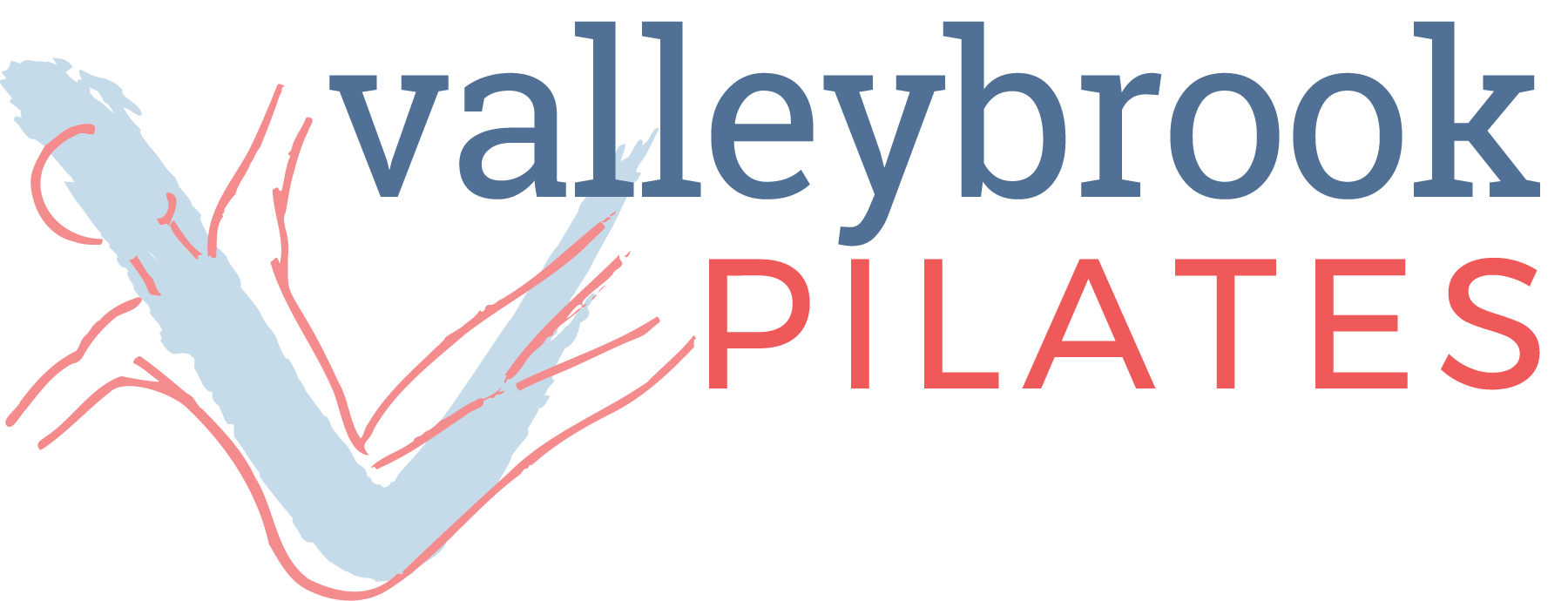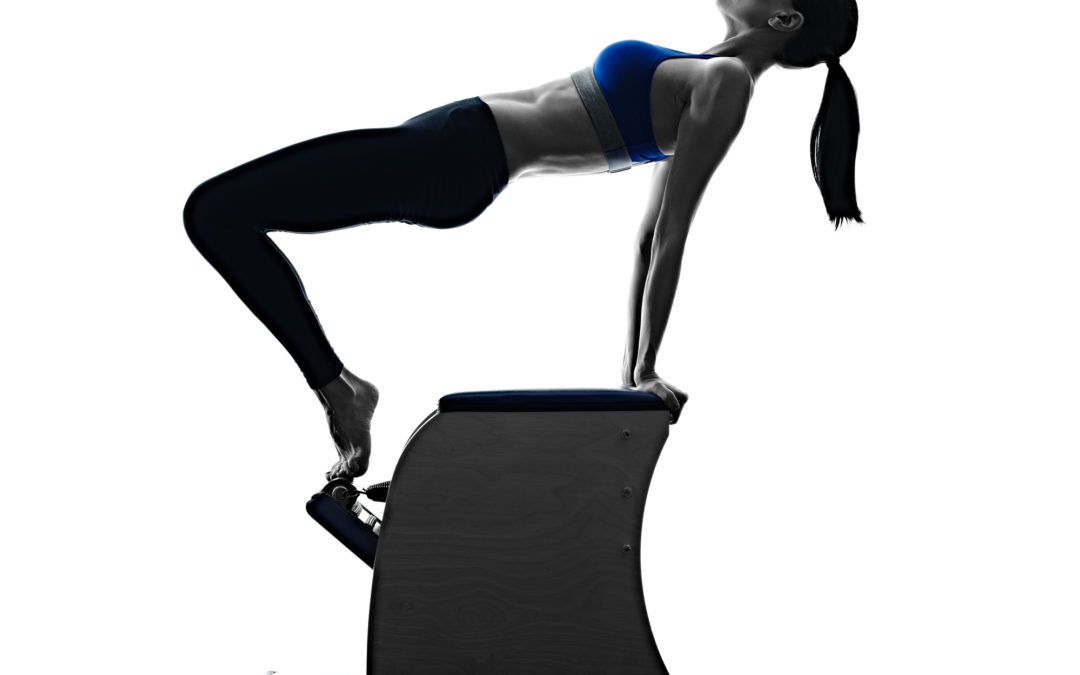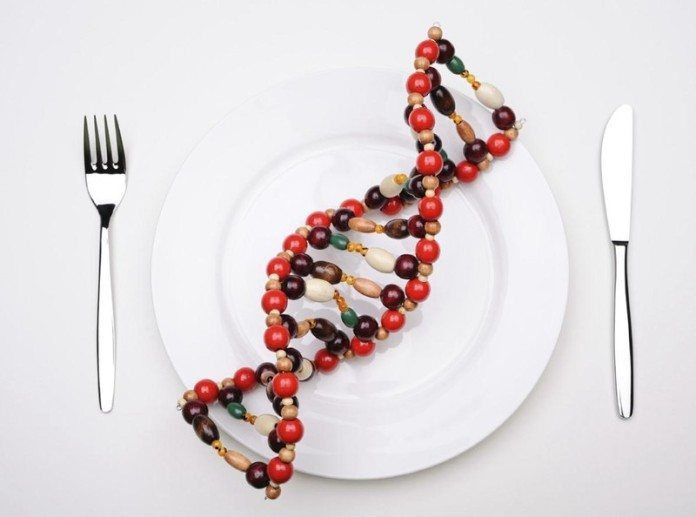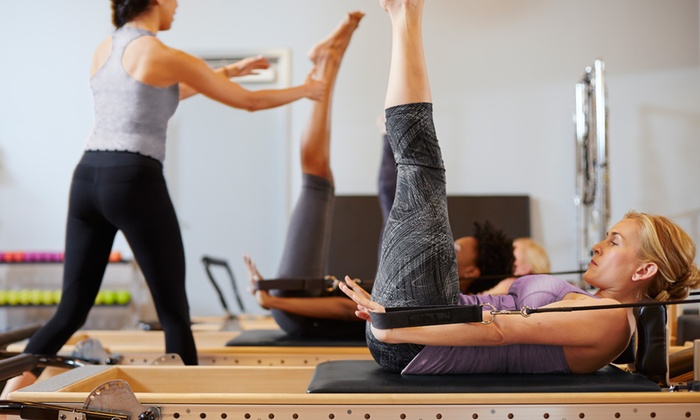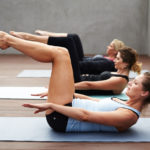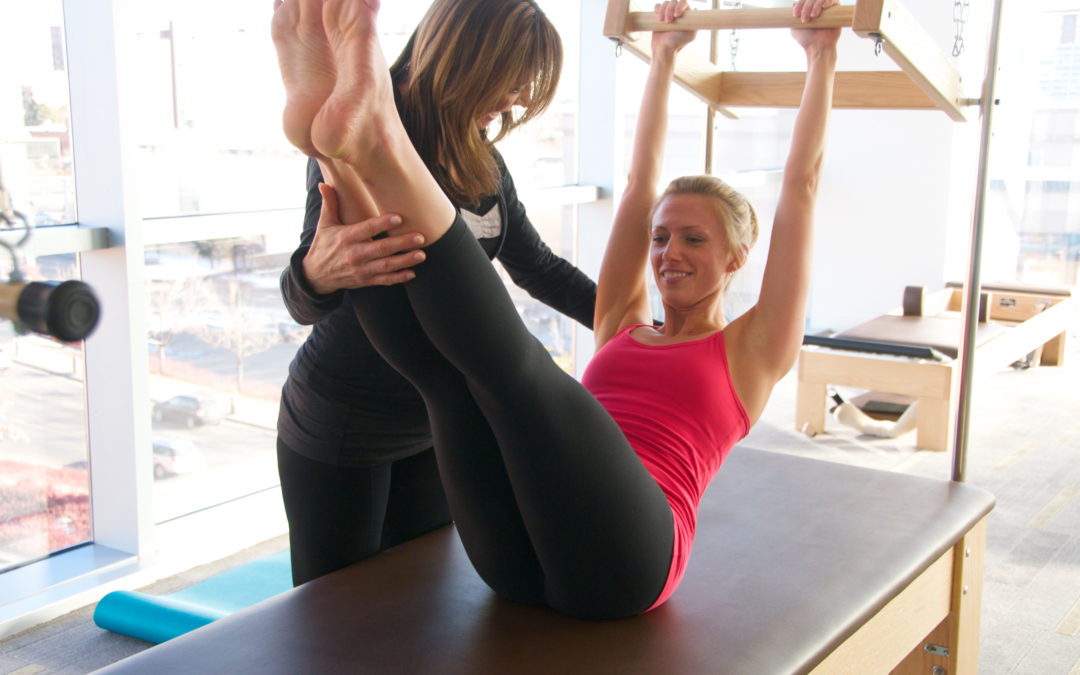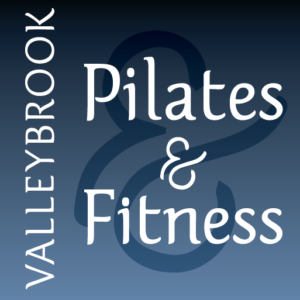Neutral Pelvis- Maintain the lower spine’s natural curvature by keeping your two front hip bones level with your pubic bone. Don’t flatten out or over-arch the curve in the lower back by tilting the pelvis.
Abdominal Scoop- Hollowing out your abdominals using your exhale and your deep abdominal muscles. It is a feeling of pulling your abs “in” and then “up” under your ribcage. This does not mean flattening your low back or “tucking your pelvis”.
Powerhouse- A term coined by Joseph Pilates himself. The abdominals, back, hip and shoulder girdle muscles all working together. These are the main stabilizing muscles and are very important for preventing injury to the spine. As Joe said, “the engine that drives the movement”.
Pilates Breathing- “Breathing is the first act of life, and the last… above all, learn how to breathe correctly.” Joseph Pilates. In Pilates, we use diaphragmatic breathing as the ribcage expands laterally (side to side) and towards the back of the ribcage. Breathing patterns are the focus of many exercises, but of course, it is utilized in all.
Sitz Bones- The sitz bones are the two bones that you “sit on” and are located at the bottom of your pelvis. If you sit on a hard chair you’ll likely feel them poking down. Aiming your sitz bones towards your heels when lying down encourages a neutral spine.
Lengthen Your Legs- Stretch the muscles of your legs without tensing or overly pointing your feet. Keep your hips even. Imagine someone gently pulling your legs by the ankles.
Pilates Stance vs. Parallel Stance- Pilates stance is the formation of a small “V” with your feet by placing your heels together and your toes a “fist distance” apart. Contrastly, a parallel stance is keeping your feet in parallel alignment with equal weight distribution on all four sides of each foot.
Chin to Chest- As you lengthen the back of your neck, slightly tilt the chin down. The chin shouldn’t actually touch your chest; keep the width of an apple or tennis ball between the two.
Relax Your Shoulders/Slide Your Shoulders Down Your Back- One of the most commonly heard cues! Overusing the upper body muscles and shoulder tension is common in many people. Pilates teaches correct shoulder stabilization and alignment preventing many shoulder injuries. Avoid letting your shoulders lift to your ears, draw them down and back.
Articulate the Spine- Roll forward or backward through the spine one vertebra at a time. Feel as though you are imprinting each bone into the mat as you roll up or down.
“Engage” your Abdominals- Use the deep abdominal muscles to stabilize your body before you move, and to initiate the movement. The “scoop” explained above is utilized here.
Zip your Thighs Together- Squeeze the inner thighs and sitz bones toward each other, actively pressing your legs together.
Tabletop Legs- Lie on your back and raise your legs to a 90-degree angle from your body. Then bend your knees so your calves are at a 90-degree angle to your thighs.
Make a C-curve- Creating a C-shape with your back by looking into your abs and tilting your pelvis anteriorly. All the while not letting your ribs collapse. (see below)
Lengthen on each side of your waist- Even though your spine is in a curve, do not let your ribs collapse onto your waist. Keep length and space from your bottom ribs to the top of your hips. To avoid collapsing into your ribs, pretend you’re curving over a porcupine.
Work in Opposition- When you sit on the floor, try to lengthen your spine upward. At the same time, push your legs into the floor, and reach through your heels. Or as you reach up, draw your shoulder blades down your back. The effort of lengthening in both directions builds stabilization and makes each movement a whole-body exercise.
